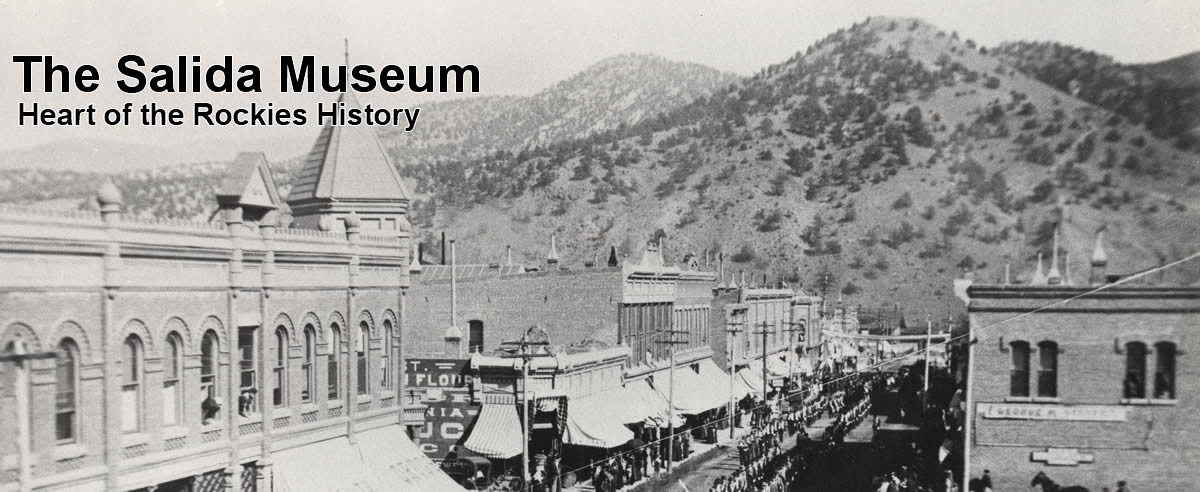WISHING YOU HEALTH AND SAFETY!
From the Board of Directors
The Salida Museum has been closed to the public for more than a year now, but that doesn’t mean it’s been quiet inside. Volunteers and board members have been busy setting up displays, accepting “new” old items, answering inquiries and researching various topics.
While COVID-19 has prevented book signings, the museum has almost sold out of Wallace Ewing’s book, Uncommon People – Salida, Colorado – Their Lives – Their People – Their Town. (see article below)
Salida resident, George Blake, a Pearl Harbor survivor, turned 100 this year and in December presented the museum with a second donation of items from his service during and after World War II. World War II medals and other artifacts owned by Salida resident, Frank Perschbacher were donated by his son, Michael, to the military exhibit.
Crest Academy students set up an annual display at the museum as part of their English Language Arts class. This year’s display is on Isaac William Haight, the man responsible for placing the lion statues at the entrance of Alpine Park. (see article below)
Marty Lamm found some great railroad photos taken in the 1950s at the Pioneer Museum in Florence and sent the originals to the Salida Museum.
Board member Bonnie Konopka joined Ghost Town Club of Colorado which visits historic sites that may be of interest to volunteers and members. For more information Bonnie can be reached at bonniekonopka@comcast.com. As with everything else, COVID – 19 has limited the tours available but the group is hoping to resume activities in the summer. (see article below)
As you can see, board members and volunteers have been pretty active throughout the past year even though the sign on the museum door says we’re closed. And the good news is we’re preparing to open again on May 7. Restrictions like masks and social distancing will still be in effect but we are looking forward to having the doors open and welcoming visitors again. And of course volunteers are always needed; anyone interested in helping out as a docent or in some other way please give us a call at 719-539-7483.
Arlene Shovald, Board member
Museum Finally Opens
We are planning to open the museum to the public on a limited basis after being closed over a year. We will open on Friday, Saturday and Sunday afternoons, 1-5pm., starting Friday, May 7. Face masks will be required, and we will be following the Chaffee County Health requirements for businesses. It will be a real pleasure to interact with visitors to the museum again, sharing our mutual knowledge of the history of Salida. No appointment is necessary to visit on the days when we are open, but you can make an appointment for a visit on any other day except Monday.
Ghost Town Club of Colorado
by Bonnie Konopka
During the pandemic of 2020 I joined the Ghost Town Club of Colorado (GTC). I have been involved in one field trip (to Leadville for a tour of the Ghost Town of Stumptown) and have joined the club for their monthly meetings over ZOOM. The GTC is based out of Denver and is made up of people who share an interest in the history of the west and Colorado. They visit historic sites (not so often during COVID but hopefully will resume in summer of 2021) and offer programs on a variety of historical topics. If you are interested in more information about the club, please check the website, www.ghosttownclub.org. If you are interested in being involved with local ghost town enthusiasts and perhaps joining regional field trips please contact bonniekonopka@comcast.net.
Crest Academy Exhibit
We are pleased to announce that students from the Crest Academy in Salida have created an exhibit in the museum. Their exhibit focuses on Isaac William Haight, an early resident in Salida who built the Rainbow House on Highway 50 and was actively involved in the early growth of the town. Haight commissioned the granite lion statues which can still be seen at one corner of Alpine Park in Salida and also created the lookout house on top of Tenderfoot Hill. The students did all the research and constructed all the display items, with the help of one of the students who currently lives in the house. We’re very proud of these students, and we have made arrangements for the exhibit to be changed out on an annual basis.
Available at the Museum
Steve Chapman’s books on early Salida history are currently available at the museum. He has written a total of four books, Blood, Booze and Whores, The History of Salida, Colorado Vol. 1: 1880-1881; Dead Bodies and Brothels, The History of Salida, Colorado Vol. 2: 1882 & 1883; Three Murdered Wives, The History of Salida, Colorado Vol. 3: 1884 & 1885 and Salida Burns Down, The History of Salida, Colorado Vol. 4: 1886 & 1887. These are Salida Sam Historical Books, featuring Salida Sam as narrator of events in the early years of Salida history. These books are a really fun read, as well as being a comprehensive introduction to the history of Salida. All four books can also be ordered online at www.SalidaWalkingTours.com/shop.
Wallace Ewing’s book, Uncommon People, Salida, Colorado, Their Lives, Their History, Their Town, has almost sold out of the first printing. The museum has 2 copies left, and those are the only available copies we know of in Salida. The foreword by Arlene Shovald characterizes the book as “bringing the people who founded Salida and Chaffee County to life and providing information about those who are still contributing to our history”. At this time we don’t know if there will be another printing.
Library Corner
Salida Post Office
by Joy Jackson
After Salida received a post office designation in 1881, it was variously located around town, hopping from 124 F to 113 E. 1st then back to 138 F. In 1914, a huge controversy was stirred up when the U.S. Government moved the post office to the Sullivan Block at 127-131 Lower F. This ghost building (no longer standing) was located across the alley from the kayak wall.
A notable list of Salida citizenry, including Frank Gimlett, (who would later be reborn as the Hermit of Arbor Villa) opposed the new location. 127 Lower F was entrenched in a block of saloons, not to mention being a hop, skip, and a jump from the Red Light District. During protests, Salida townsfolk argued that the new location was too far for everybody to walk to, which was frankly an insult to their physical capabilities. Recall that the post office was located at 138 F prior. This argument was also a pretense for the real reason: Salida citizens found it repugnant to walk amongst the denizens of the Red Light District:
“…the proposed location aforesaid is undesirable on account of the surroundings, in that there are a number of saloons in that immediate vicinity which must be passed in going to and from the post office to the Sullivan block, making it especially undesirable for the women and children who have occasion to go to the post office; the proposed new location will be between two saloons, one being located nearly, within a few doors, on either side; there are three saloons in the same block, facing on the same street, and three saloons across the street, facing the street on which the Sullivan block is situated.”
Fears were rampant that the delicate ladies of Salida might be corrupted, or worse, tempted, by the local bar scene. The protests were held but it was all for naught. The P.O. opened in June 1913 in its new location:
“The government was forced to secure larger quarters of the local post office because of the natural increase in ordinary postal business, together with the rapidly growing parcel post department. Even had officials desired to change their decision about taking the Sullivan block there is not another available building in the business section, and it is improbable that any property owner would have cared to take a chance at constructing a new building at this time in view of the possibility of Salida securing a Federal building within the next few years.”
It didn’t take a few years for the next P.O. to be built. In fact, it took about twenty. Fast forward to the 1930s and the Great Depression was pressing down on everyone. President Roosevelt implemented the Works Progress Administration, a program that flushed money over America in an effort to keep people working. In 1933, he approved a program to build 237 public buildings, and the new Salida Post Office was one of them.
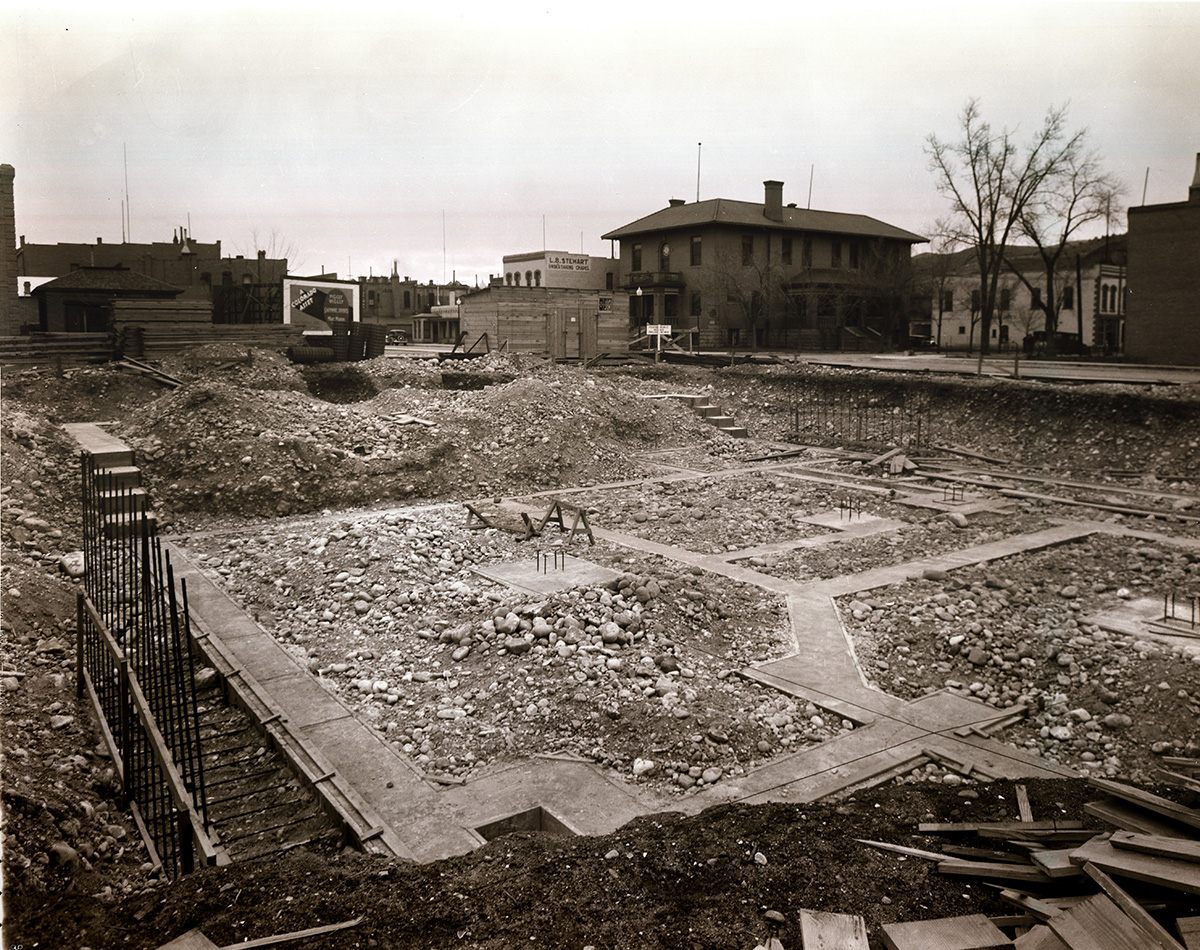
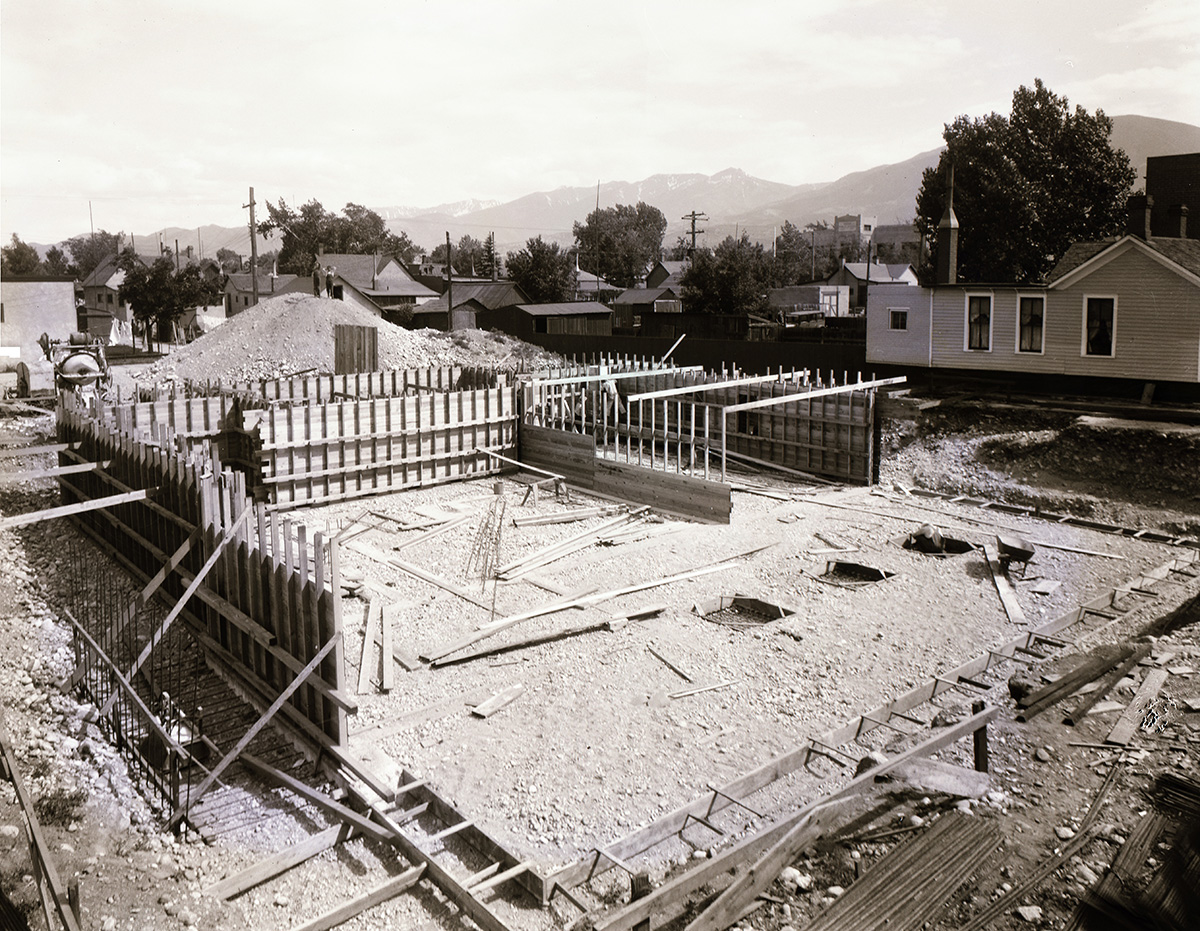
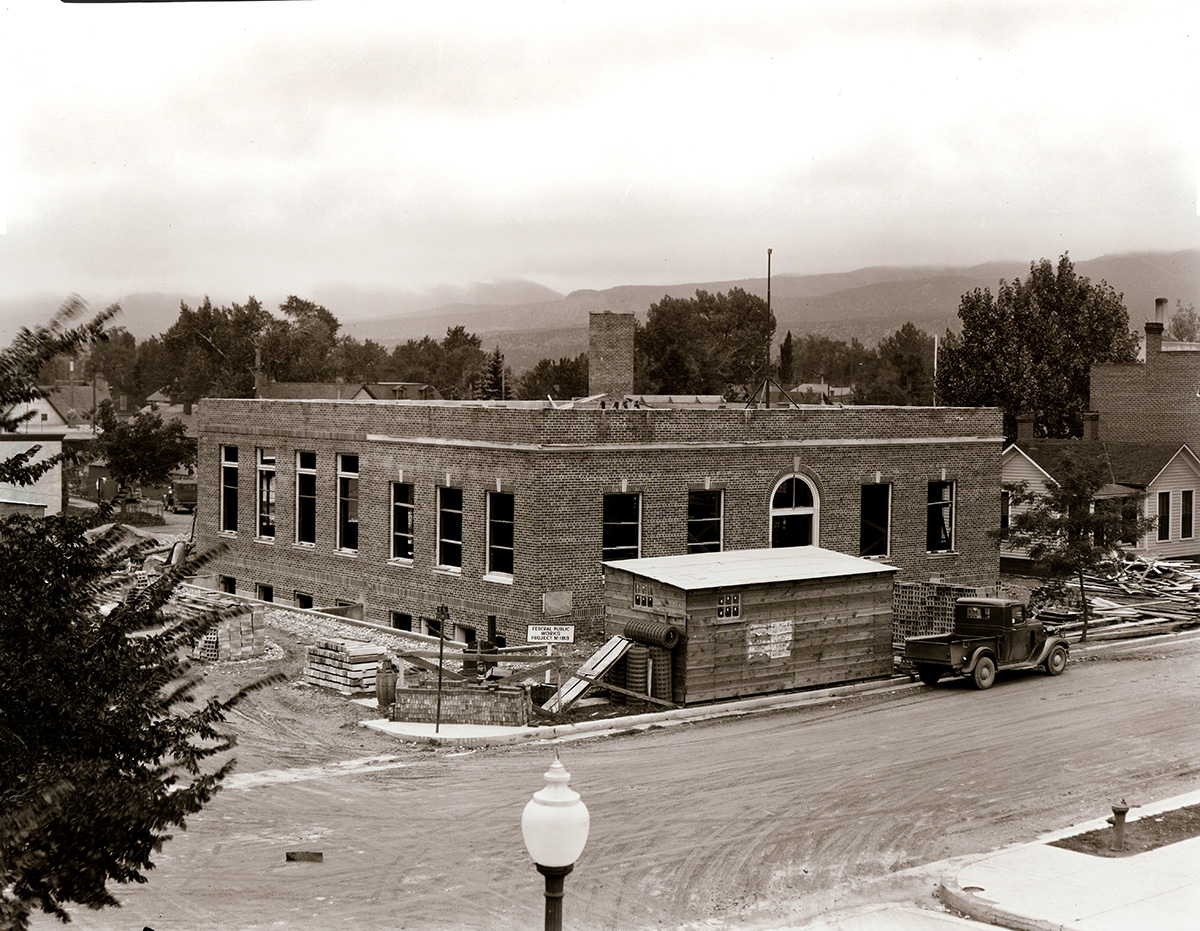
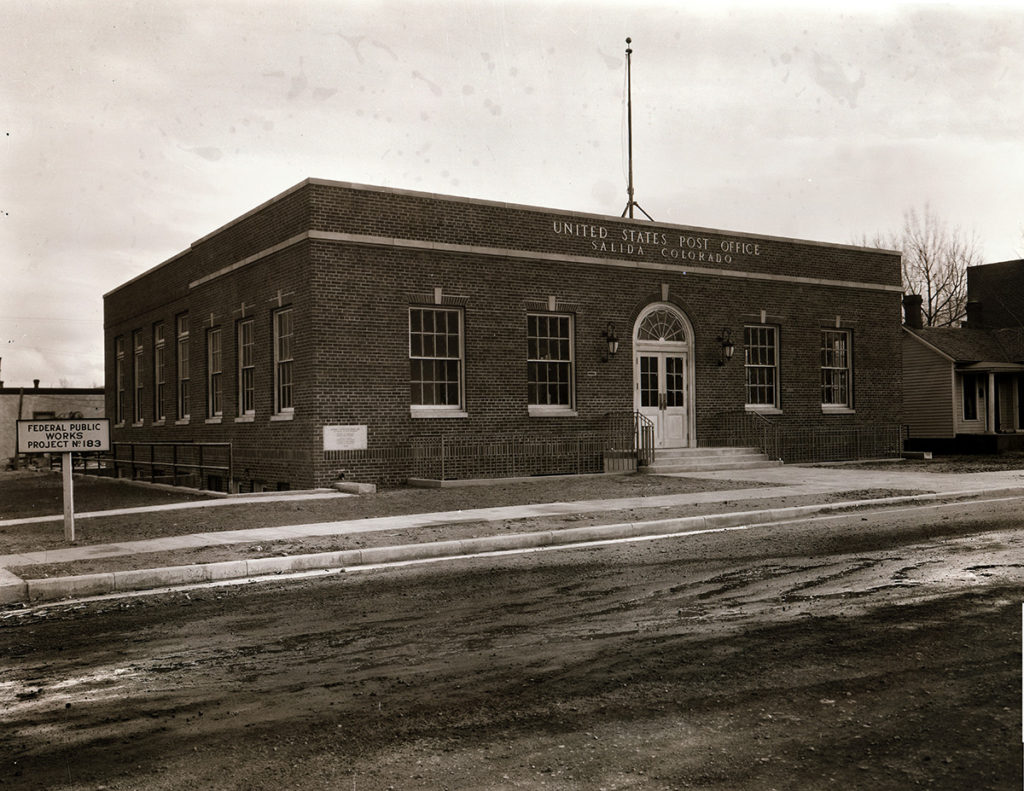
All images are from the Salida Museum Negatives Collection.
Quotes are from the Salida Mail and Salida Record newspapers.
Joy Jackson is desk clerk and archivist at Salida Regional Library. She is in the process of curating the Salida Museum Negatives Collection and making them available online at the library website. Follow twitter.com/SalidaArchive to see historic images of Salida.
Then and Now: Salida D&RG Backshop
By Earle Kittleman
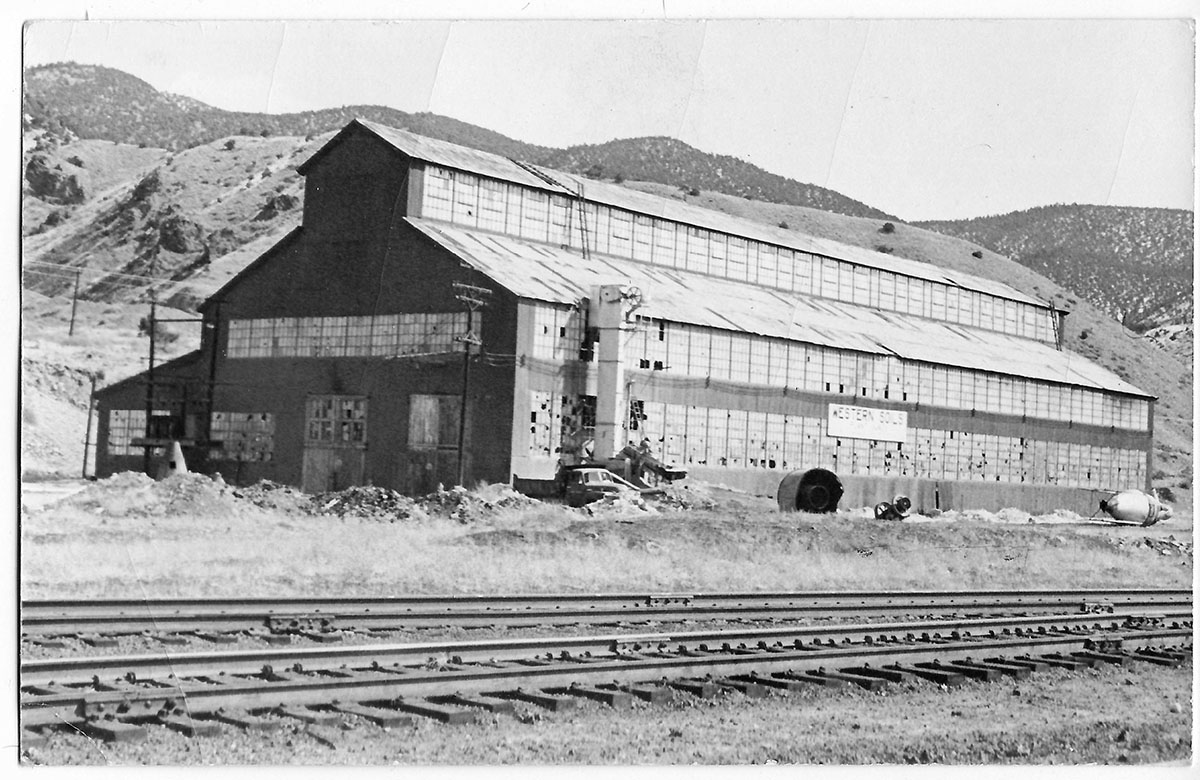
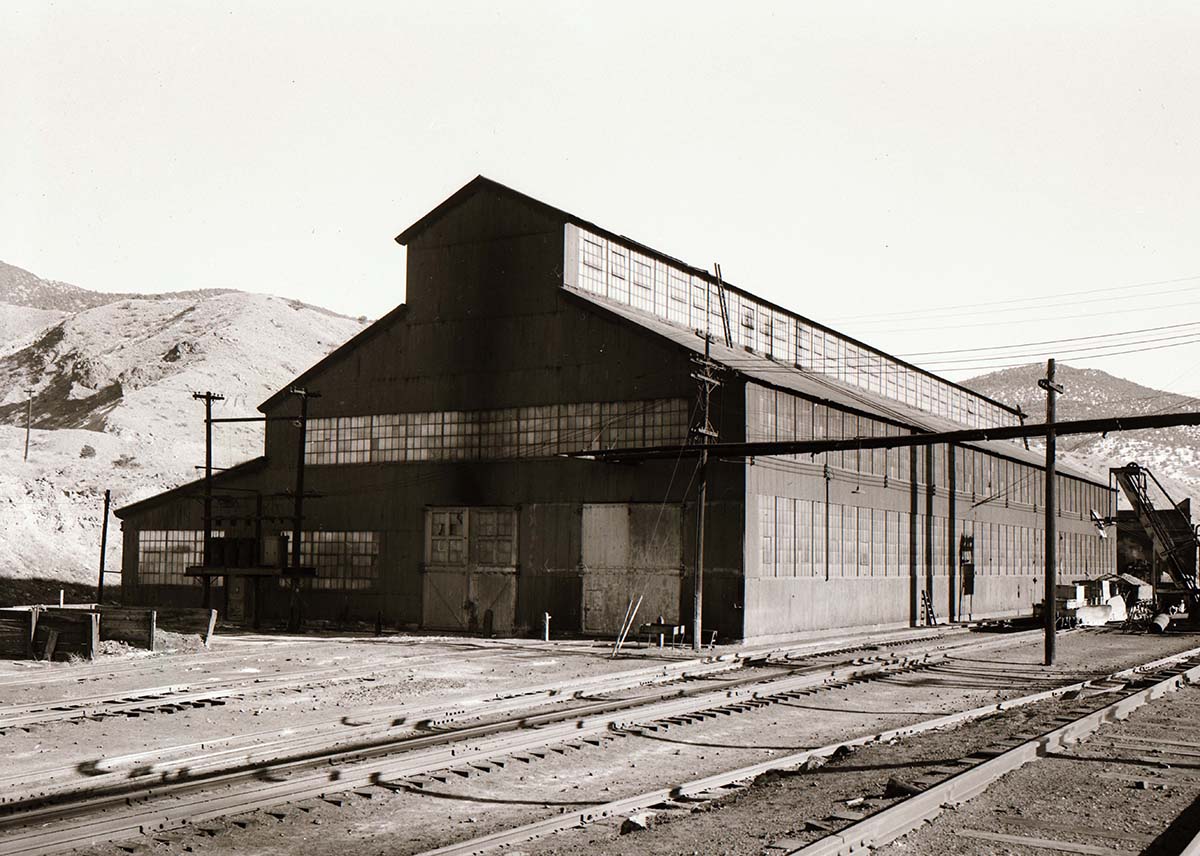
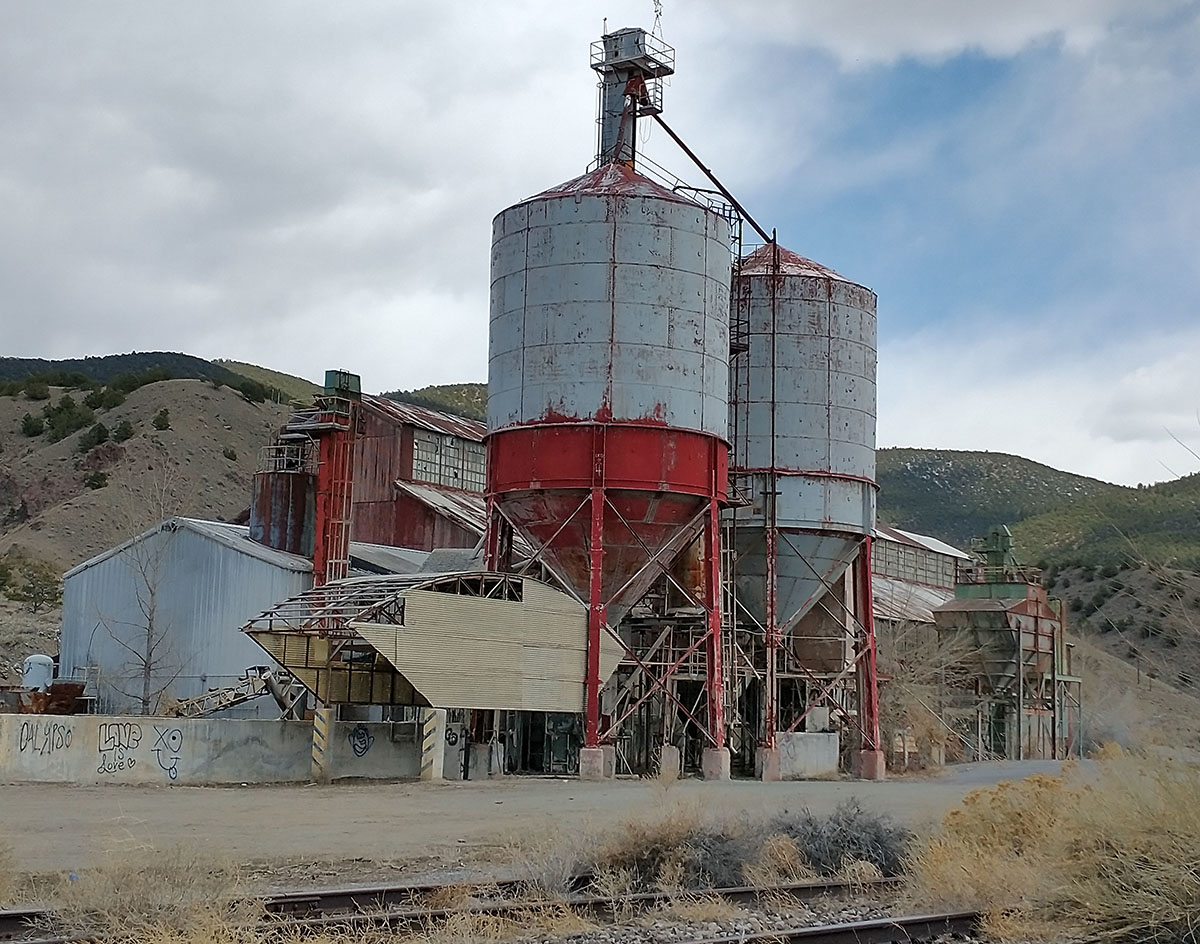
Smelter Vault Door Donated
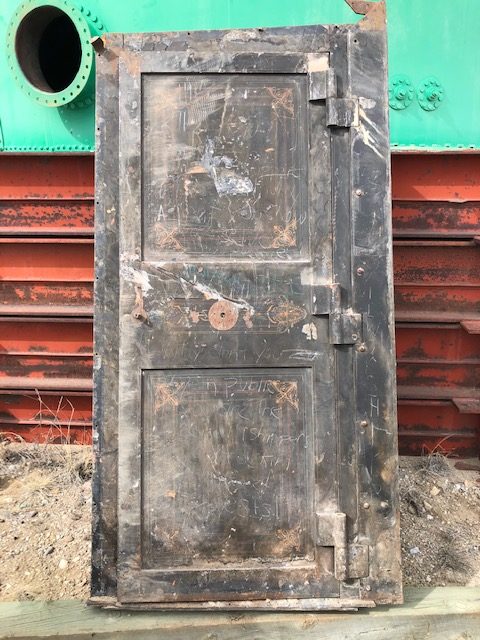
In 1980, Frank Butala, owner of The Butala Construction Company, bought the land where the old Ohio and Colorado Smelter had been located northwest of Salida. The site still contained several original Smelter buildings, including the office building where company business was transacted. The building contained a walk-in vault that had been added to an outside wall of the original structure, with a vault door reminiscent of old bank vaults. That building had to be demolished recently because of liability concerns, and the folks at Butala recognized the historical significance of the vault door and wanted it preserved instead of being sold for scrap. Janet Lowry, Tom Eve and Chuck Kellerman contacted the museum, we had meetings, and it was decided to install the door in the small office room on the north end of the still-existing Smelter Smokestack building, which is owned and maintained by the museum. Lex Johnson, owner of the welding company next door to the Smokestack, has volunteered to work on the structural stability of the installation, which will take place some time this Spring when the weather warms up. The vault door will be visible to visitors at the Smokestack through a window in the front of the office. Many thanks to these people for working with the museum and helping to preserve the history of the Salida area.
Museum Board of Directors
The current museum board of directors is comprised of the following:
President, Bob Campbell
Secretary, Earle Kittleman, 719-539-6153
Treasurer, Larry Kovacic, 505-280-4831
Board Member, Judith Kinzie, 719-539-9439
Board Member, Arlene Shovald, 719-539-3139
Board Member, Bonnie Konopka, 505-270-6523
Special thanks goes to Margaret Dean, who volunteers as a board liason from Maysville. The members of the South Arkansas Landowners Association (SALA), comprising residents in the Maysville area, do a lot of work taking care of the historic Maysville School, which is owned by the museum. We appreciate their efforts to maintain the school as a historic landmark and look forward to a long and fruitful relationship.
If you are interested in becoming a board member and coming to one meeting a month (minimal commitment, no summer meetings), let us know. We would be very happy to talk to you about joining our team. Our board meetings are open to the public, so if you want to attend one and find out if you’re interested, the meetings are the third Wednesday of the month, 11:00am, at the museum.
Note: meetings are currently cancelled for safety reasons, but will resume as soon as we feel safe in doing so.
Support the Salida Museum
The Salida Museum Association is an all-volunteer non-profit organization that relies on donations, memberships, admissions and limited fundraising to remain operational. You can help support the museum by making a donation or becoming a member.
Donation – any amount appreciated
Annual Membership – $15, includes 5 free visits
Lifetime Membership – $100, includes unlimited free visits
Memberships and donations are tax deductible. Send your payment to the address listed below, use our website to remit with PayPal, or join when you come in to see the museum. You will receive an acknowledgement letter for tax purposes. (make sure we have your address)
Salida Museum Association
406 1/2 W. Hwy 50, Salida, Colorado 81201
salidamuseum@gmail.com
719-539-7483
For more museum information, see our website or Facebook page.
